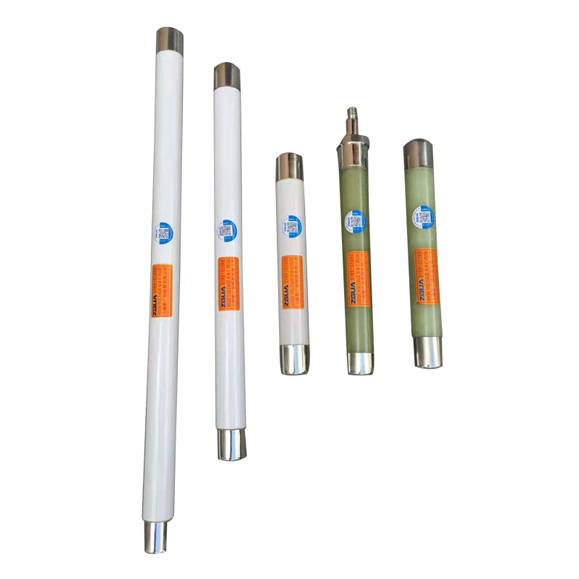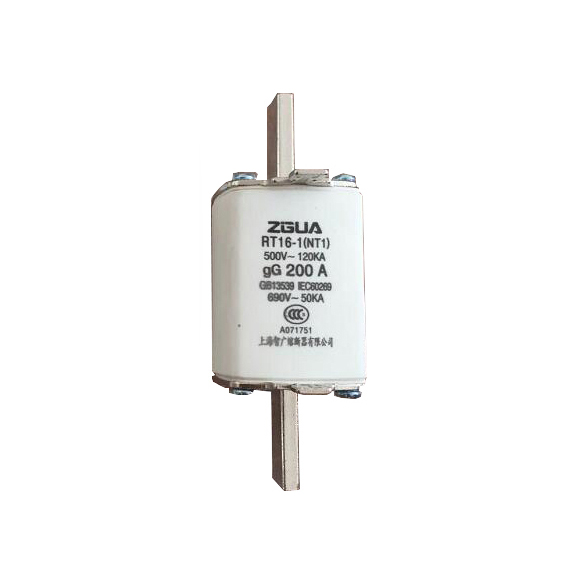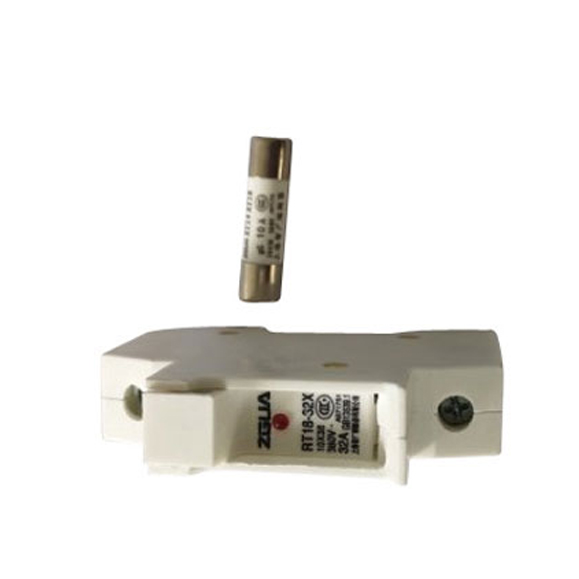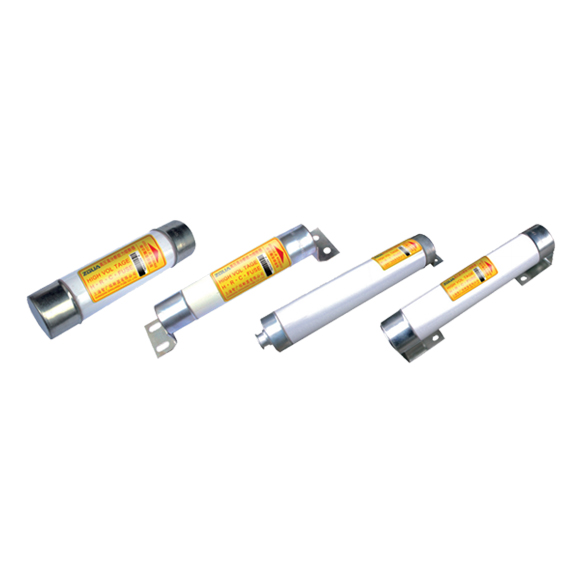What are the common types of fuses?

Plug-in fuse: usually used at the end of the line with a voltage level of 380V and below, as a short-circuit protection for distribution branch lines or electrical equipment.
Screw-type fuse: There is a fuse indicator on the upper end cover of the melt. After the melt is blown, the indicator pops up immediately and can be observed through the glass hole in the ceramic cover. It is usually used in the electrical control equipment of machine tools. Screw fuse. The breaking current is large, and it can be used for short-circuit protection in circuits with a voltage level of 500V and below and a current level of 200A.
Enclosed fuse: There are two types of enclosed fuse: filled fuse and non-filled fuse, as shown in Figure 3 and Figure 4. Filled fuses usually use a square quartz tube, which is filled with quartz sand and melted, and has a strong breaking capacity. They are used in circuits where the voltage is lower than 500V and the current is lower than 1KA. The unfilled closed fuse puts the melt into a closed cylinder with a small breaking capacity and is used in power grids or power distribution equipment below 500V and below 600A.
Fast fuse: Fast fuse is mainly used for short-circuit protection of semiconductor rectifier components or rectifier equipment. Due to the low overload capacity of semiconductor components. It can only withstand a large overload current in a short period of time, so the short-circuit protection is required to have the ability to quickly fuse. The structure of the fast fuse is basically the same as the closed fuse with filler, but the fusing material and shape are different. It is a variable cross-section melt with a V-shaped deep groove punched out of the silver sheet.
Self-resetting fuse: It uses sodium metal as a melt and has high conductivity at room temperature. When a short-circuit fault occurs in the circuit, the short-circuit current will generate high temperature, so that the sodium evaporates quickly, and the evaporated sodium presents a high resistance state, thereby limiting the short-circuit current. When the short-circuit current disappears, the temperature drops and the metal sodium restores its original good conductivity. The self-resetting fuse can only limit the short-circuit current, but cannot really disconnect the circuit. The advantage is that the melt does not need to be replaced and can be reused.

 English
English 中文
中文 Pусский
Pусский Français
Français Español
Español



